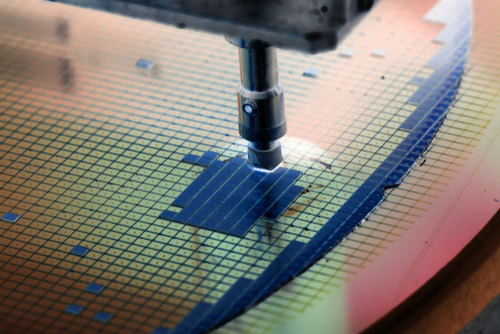
U.S. Rep. Blake Moore (R-UT) introduced legislation that would advance U.S. semiconductor research and development initiatives through tax credit initiatives.
The legislation, the Semiconductor Technology Advancement and Research (STAR) Act, would create an investment tax credit for semiconductor design expenditures. Moore introduced the legislation with U.S. Reps. Michael McCaul (R-TX), chair of the House Foreign Affairs Committee; Suzan DelBene (D-WA); Doris Matsui (D-CA); John Moolenaar (R-MI) chair of the House Select Committee on the Strategic Competition between the U.S. and the Chinese Communist Party; Raja Krishnamoorthi (D-IL), the select committee’s ranking member; Claudia Tenney (R-NY); Rho Khanna (D-CA); and Joe Morelle (D-NY).
“Semiconductors are the lynchpin to the technologies of the future in countless sectors, from health care to defense to energy, and they are critical to U.S. national security and global competitiveness,” Moore said. “I am proud to introduce the STAR Act with a bipartisan group of colleagues to create an investment incentive to enhance U.S. leadership in chip design and maintain a secure value chain for these innovations.”
Officials said the legislation would allow for a 25 percent tax credit for semiconductor design research and development expenditures that would hopefully help semiconductor R&D activity increase, and put the U.S. in a position to become a global semiconductor leader and to secure semiconductor IP.
“U.S. production of semiconductor chips is an economic and national security imperative, which is why I authored the CHIPS for America Act — to decrease our reliance on other countries for these critical assets,” McCaul said. “I am proud to co-sponsor the bipartisan STAR Act to build on that success, further bolstering our national security and bringing high-paying jobs to our communities. The chip revolution is the greatest technological advancement since the Manhattan Project, and I look forward to cementing the United States as the global leader in semiconductor research and design.”




